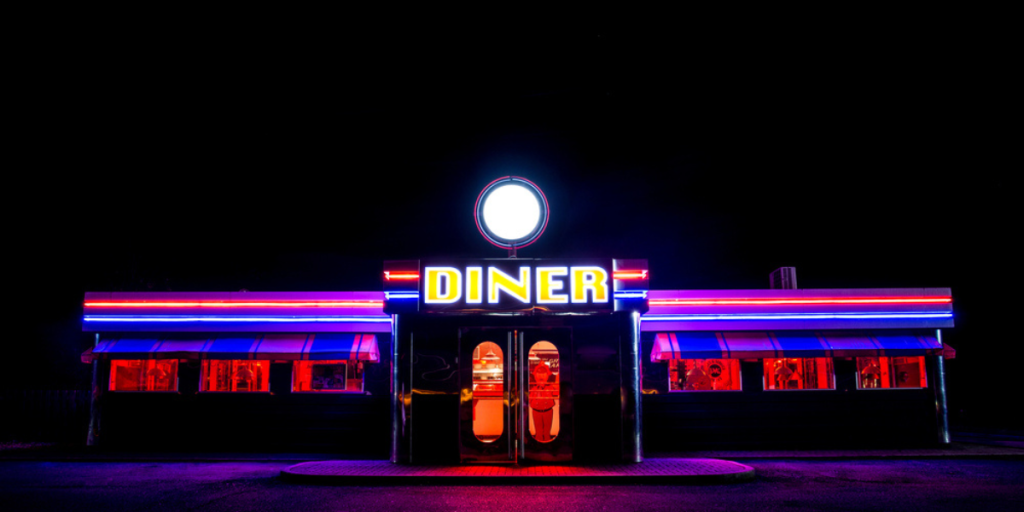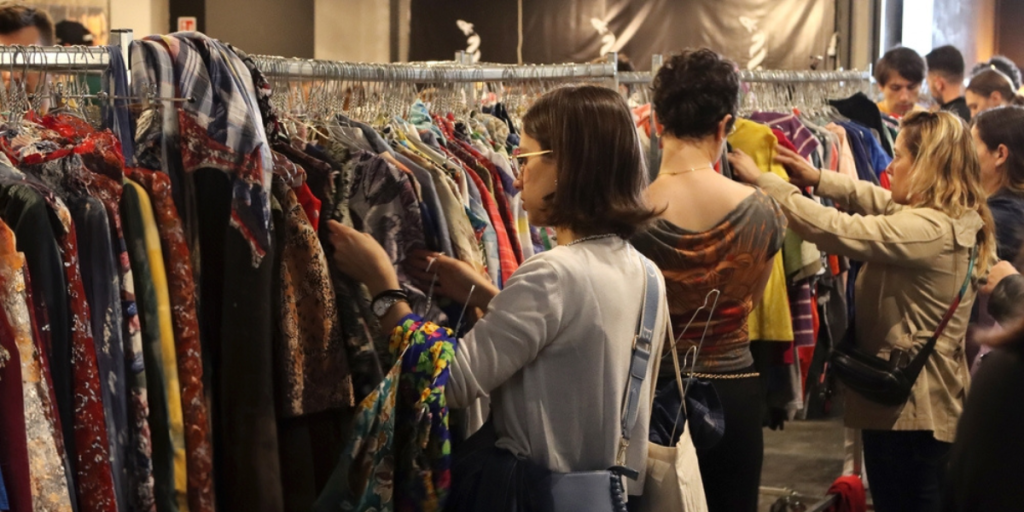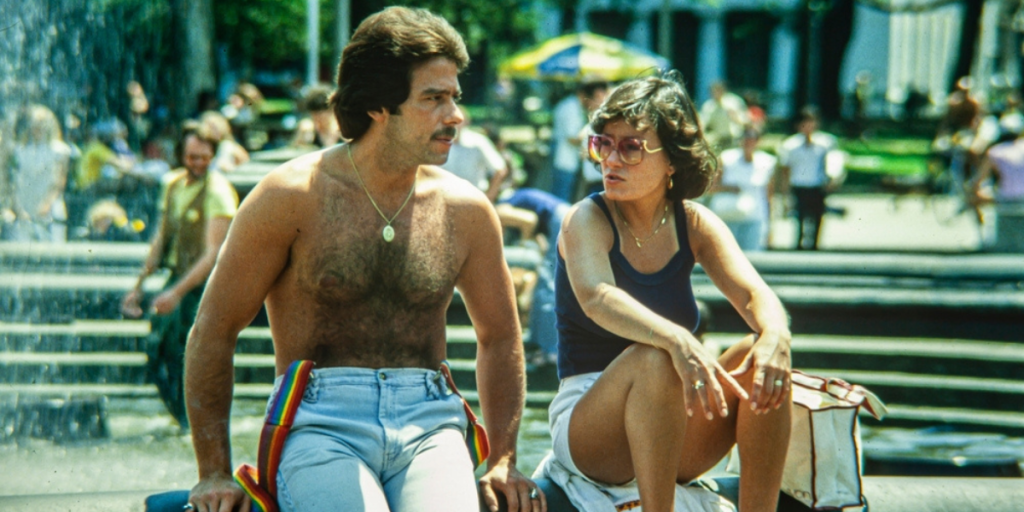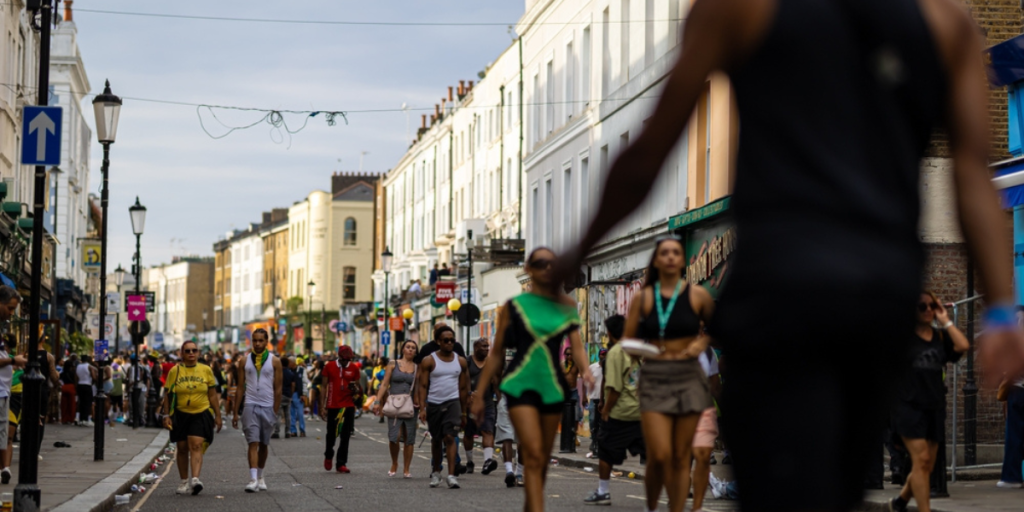Why today’s youth are obsessed with the past
Others are reading now
Why today’s youth are obsessed with the past
When nostalgia skips generations

Nostalgia used to be something that came with age—fond memories of childhood or decades gone by.
But today, something strange is happening: younger generations, particularly Gen Z and late millennials, are experiencing deep nostalgia for eras they never lived through.
From vintage fashion to ‘90s tech to ‘80s pop music, the past is back in full force—and it’s not even their past.
The rise of secondhand memories

According to El País, psychologists are observing a shift: young people are romanticizing eras they’ve only seen in photos, movies, or on social media.
Also read
While older adults reflect on real experiences, Gen Z is forming emotional connections to imagined histories—times that seem more stable, more vibrant, or simply more real than the present.
A digital age full of curated memories

Psychologist Olivia Szinetar tells El País that social media plays a major role in this new nostalgia.
Platforms like Instagram and TikTok offer a constant stream of polished, happy-looking memories, which make the past appear perfect.
But as she warns, these are often “idealized memories,” filtered through aesthetics—not reality.
The pandemic: A generational breaking point

Mental health expert Roger Ballescà notes that for many young people, the COVID-19 pandemic marked a hard dividing line between before and after.
Also read
In the newspaper El País, he compares it to “before and after Christ”—a moment where normal life split into two eras.
Nostalgia as comfort in uncertain times

El País cites a Spotify trend report showing that Gen Z, facing climate anxiety, economic instability, and global tension, often uses nostalgia to cope.
Unlike millennials who miss the childhoods they lived, Gen Z finds refuge in decades like the ’80s or early 2000s—eras they never experienced but see as calmer and more carefree.
The belief that parents had it better

According to El País, while earlier generations never longed for times of war or dictatorship, today’s youth view the recent past as a golden age worth reclaiming.
This phenomenon is known as restorative nostalgia—a desire to rebuild a past that seems better than the uncertain present.
Also read
When nostalgia becomes a trend

According to El País, nostalgia isn’t just emotional—it’s cultural. The longing for the past is fueling trends: vinyl records, flip phones, vintage clothing, and early-2000s aesthetics are making a comeback.
Nokia’s Lars Silberbauer told Euronews Next that the rise in “dumbphone” sales reflects a desire for a simpler, less connected lifestyle.
The double-edged sword of instant memory

Szinetar also notes that while we now have instant access to endless digital memories, this may be making nostalgia more superficial.
As she explains to El País, the overload of images and content means memories are more accessible—but also more fleeting. In a world that moves fast, even looking back becomes rushed.
What we’ve learned

Nostalgia is no longer just a longing for your past. For many young people, it’s a yearning for someone else’s—an imagined time that seems safer, simpler, and more satisfying.
Also read
Whether it’s due to social media, global stress, or cultural trends, this modern form of nostalgia reveals how deeply today’s youth are seeking meaning, comfort, and connection.
Looking back to move forward

While the past may offer a temporary escape, living in it won’t fix the present.
The takeaway? Use the past as inspiration, not a destination. In the end, it’s better to live the memories you’ll someday look back on.


